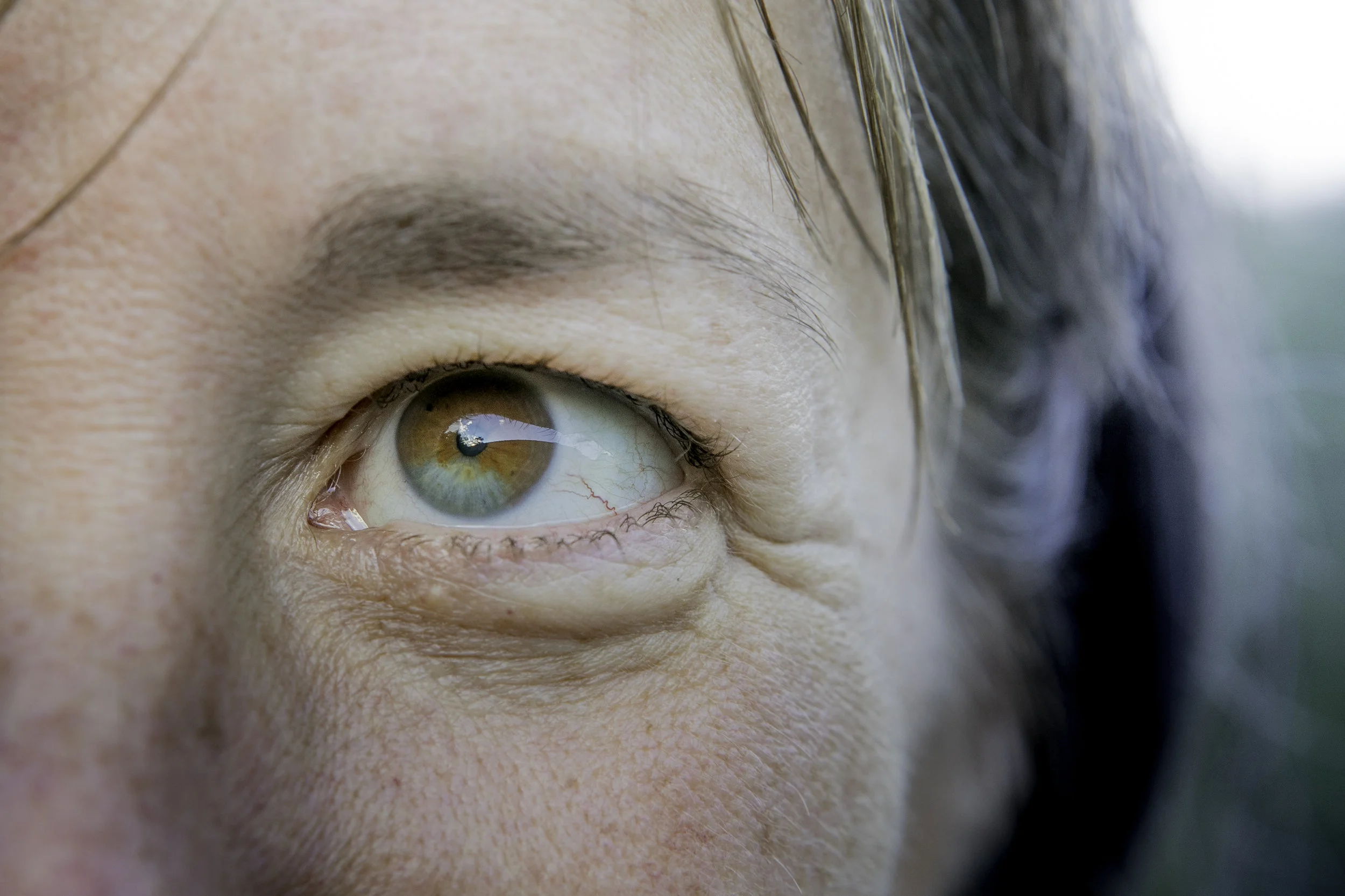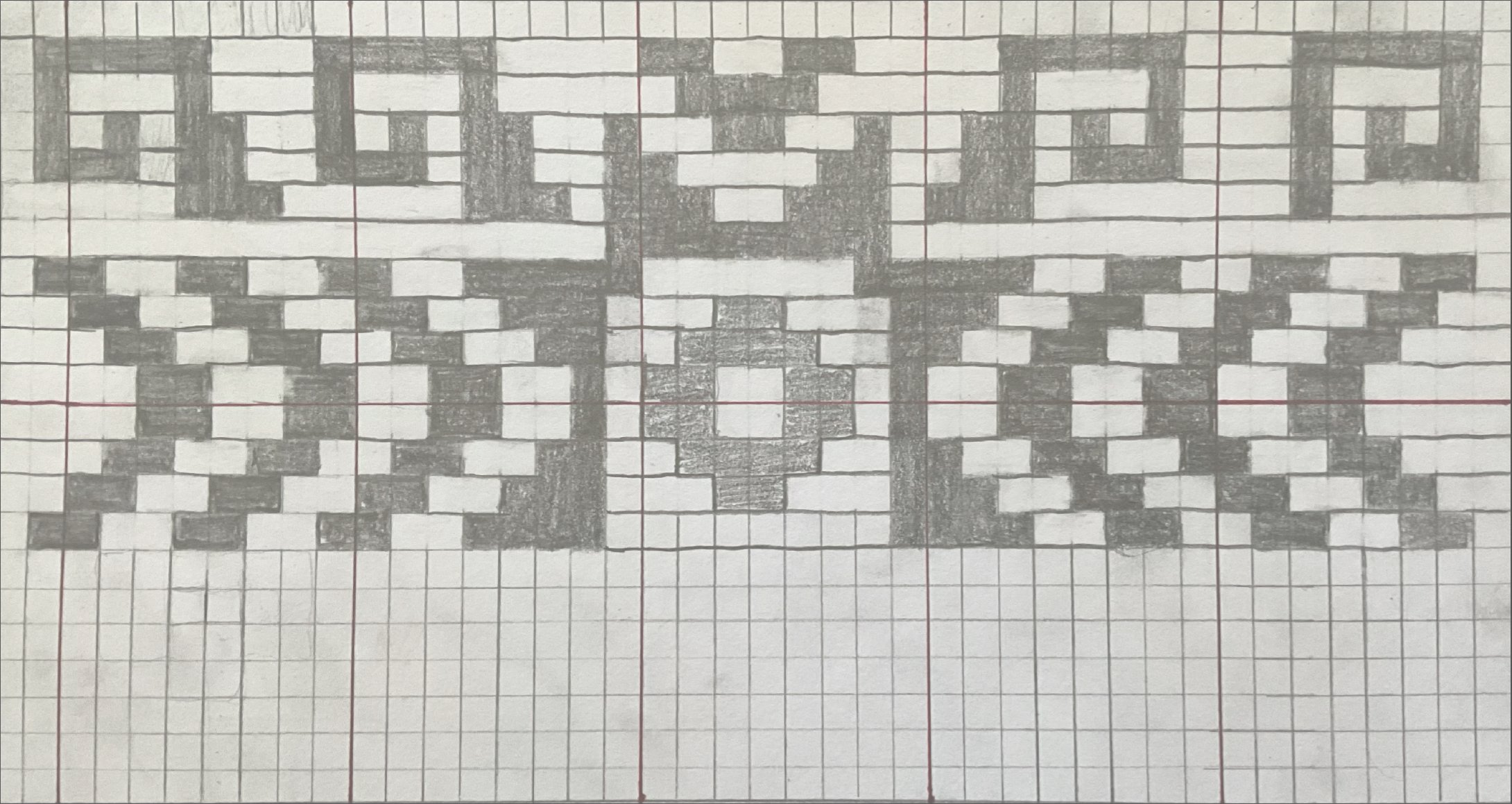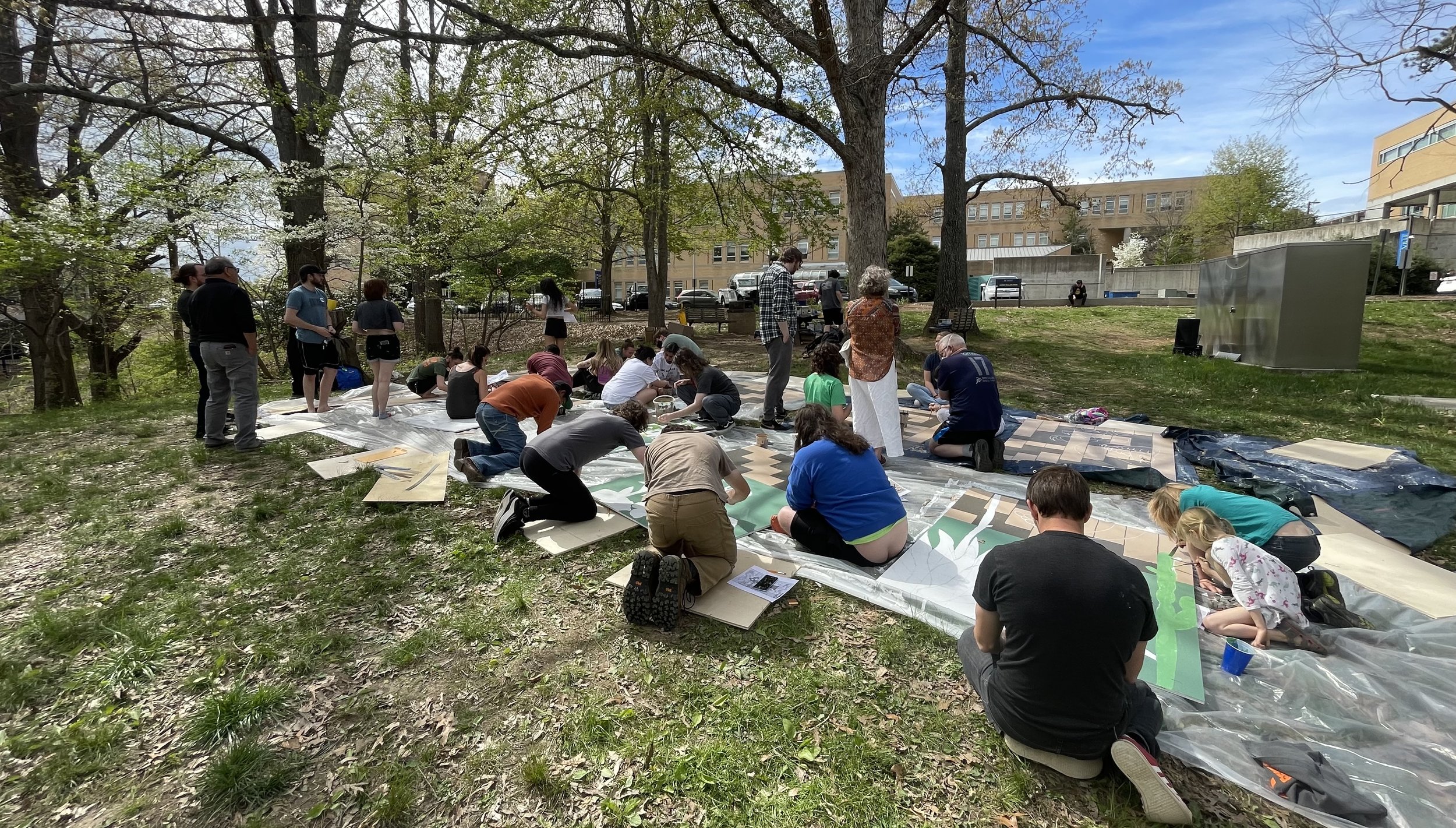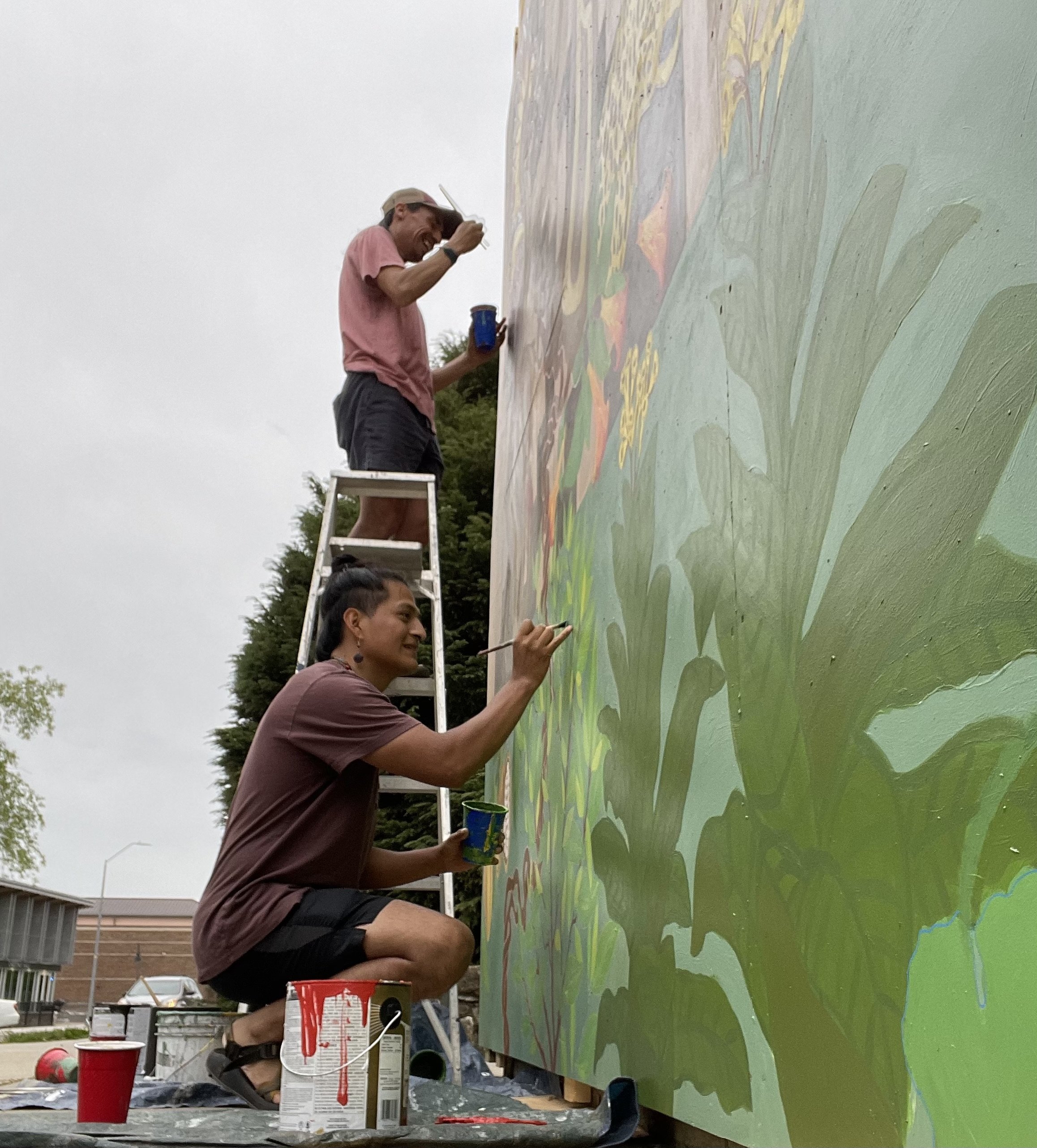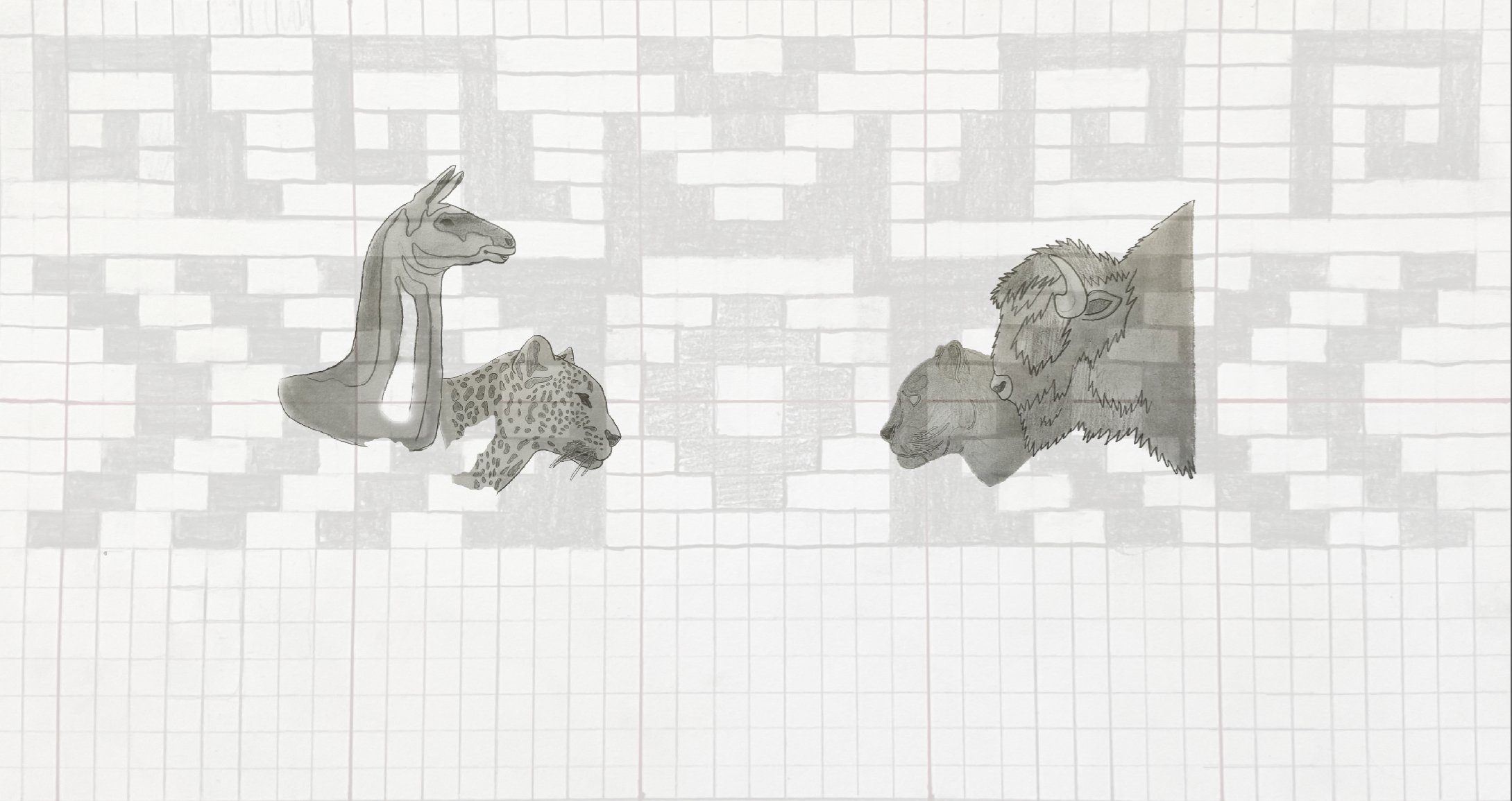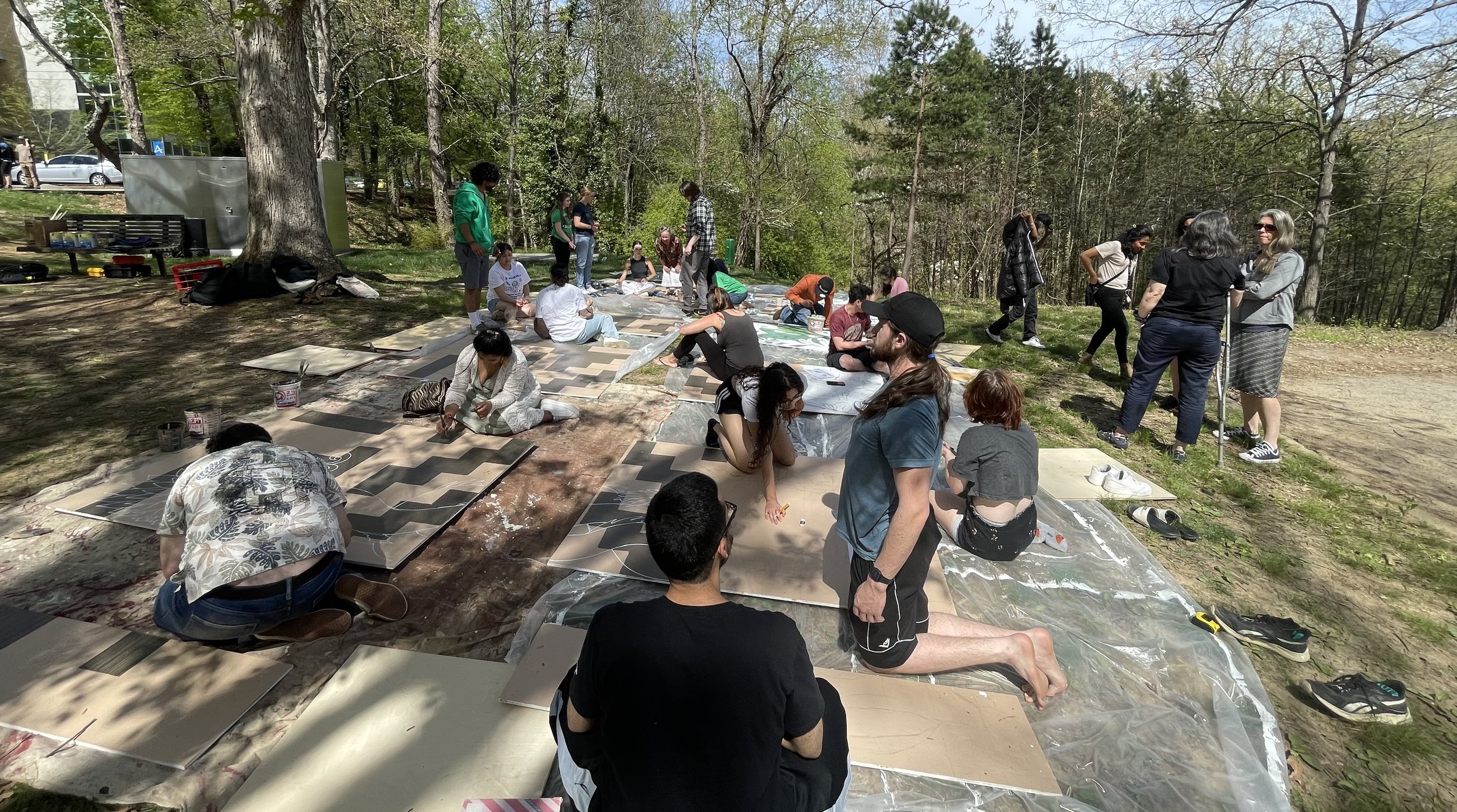On April of 2023 , I was invited to create a mural in collaboration with two other indigenous artist for the event Activating Indigenous Beats: Hip Hop Nativo Festival in Tokiyasdi / Asheville (Anikituwagi ancestral territory).
The following is a description of the mural by the organizer Juan Sanchez:
“As part of the Activating Indigenous Beats: Hip Hop Nativo Festival, a mobile cross cultural mural was envisioned by the organizers Correne Anderson and Juan G. Sanchez Martinez. Local artists and educators Byron Tenesaca (kañari-kichwa), Jakeli Swimmer (Eastern Band of the Cherokee Indian–EBCI), and Abel Gonzalez Bueno (Hñahñü) were invited to lead the collective project. They met prior to the Festival to co-create the main design. Weaving and the encounter between Native peoples in Tokiyasdi / Asheville (Anikituwagi ancestral territory) were the chosen themes. With support from Sylvia J. Pierce and UNCA Campus Operations, Tenesaca suggested working with an acrylic exterior paint on 10 panels, which are currently assembled and hanging on the wall in front of Mullen Park. From April 12 to April 29, 2023, we created the mural with the support of dozens of UNCA students, staff and faculty members, including Humanities professor Leslee Johnson and biology student Ari Puentes.
Activating Indigenous Beats Mural is a homage to the chakaruna, the bridge-people in the Quechua language, the ones who dedicate their lives to connecting communities and seeding solidarity. It is also a non-alphabetic pedagogical tool! The woven pattern of the first layer is inspired by Anikituwagi basketry designs (arrowhead and noon-day-star), as well as by the Andean equal-armed cross known as chakana. The mural is set up so that the left side represents the South of Abiayala (the Americas) and the right represents the North. From the south side of the mural, the llama and the jaguar are walking toward the north, while the buffalo and the panther are walking in opposite directions to eventually meet them. Both journeys are being protected by two feathered-serpents, life-force of creation, called Uktenas in Tsalagi. They actually have many names throughout Abiayala, such as Kai-kai and Treng-treng for the Mapuche, Q’uq’umatz for the K’iche’, and Quetzalcoatl for the Mexica.
The center of the mural, the direction of the encounter/bridge, is a juxtaposition of the Andean chakana (chaka means bridge in Quechua), the cholq’ij (the 260 days ceremonial Maya calendar), and the Turtle Island medicine wheel–complex Indigenous iconographies related to the seven directions/colors and ethical principles for a good living such as reciprocity. The spiral is meant to invite everyone to align themselves with the natural movement of the sun, and to remember that we are all related and part of the same textile. The native foods–cacao, corn, squash, agave, and nopal–and the sacred medicines–yage, coca, wantuk, tobacco, wachuma– are feeding and healing us in this “returning to ourselves”. They are also growing toward the center.
Finally, at the top of the mural, there is a small symbol design by UNCA student Tiffany R. Clayton, a red triangle supported by three hands, which reminds us that no matter the color of our skin we all bleed red, and that this mural was a truly cross-cultural collaboration based on three main pillars: our bodies, our ancestral lands, and our native languages.
‘ We hope you all enjoy the mural and use it as a pedagogical tool to spark dialogues in your classrooms on identity, belonging, Native Science, and Indigenous epistemologies and sovereignty.”
En abril del 2023, me invitaron a crear un mural en colaboración con otros dos artistas indígenas para el evento Activating Indigenous Beats: Hip Hop Nativo Festival en Tokiyasdi / Asheville (territorio ancestral Anikituwagi).
Lo siguiente es una descripción del mural realizada por el organizador Juan Sánchez:
“Como parte del Festival Activando Ritmos Indígenas: Hip Hop Nativo, los organizadores Correne Anderson y Juan G. Sánchez Martínez idearon un mural intercultural móvil. Los artistas y educadores locales Byron Tenesaca (kañari-kichwa), Jakeli Swimmer (Eastern Band of the Cherokee Indian–EBCI) y Abel González Bueno (Hñahñü) fueron invitados a liderar el proyecto colectivo. Se reunieron antes del Festival para co-crear el diseño principal. El tejido y el encuentro entre los pueblos originarios de Tokiyasdi/Asheville (territorio ancestral Anikituwagi) fueron los temas elegidos. Con el apoyo de Sylvia J. Pierce y Operaciones del Campus de la UNCA, Tenesaca sugirió trabajar con pintura acrílica exterior en 10 paneles, que actualmente están ensamblados y colgados en la pared frente a Mullen Park. Del 12 al 29 de abril de 2023, creamos el mural con el apoyo de docenas de estudiantes, personal y profesores de la UNCA, incluida la profesora de Humanidades Leslee Johnson y el estudiante de biología Ari Puentes.
Mural: Activando Ritmos Indígenas es un homenaje a los chakaruna, el pueblo-puente en lengua quechua, quienes dedican sus vidas a conectar comunidades y sembrar solidaridad. ¡También es una herramienta pedagógica no alfabética! El patrón tejido de la primera capa está inspirado en los diseños de cestería Anikituwagi (punta de flecha y estrella del mediodía), así como en la cruz andina de brazos iguales conocida como chakana. El mural está configurado de modo que el lado izquierdo represente el sur de Abiayala (las Américas) y el derecho represente el norte. Desde el lado sur del mural, la llama y el jaguar caminan hacia el norte, mientras que el búfalo y la pantera caminan en direcciones opuestas para finalmente encontrarse con ellos. Ambos viajes están protegidos por dos serpientes emplumadas, fuerza vital de la creación, llamadas Uktenas en Tsalagi. De hecho, tienen muchos nombres en toda Abiayala, como Kai-kai y Treng-treng para los mapuche, Q’uq’umatz para los k’iche’ y Quetzalcóatl para los mexicas.
El centro del mural, la dirección del encuentro/puente, es una yuxtaposición de la chakana andina (chaka significa puente en quechua), el cholq'ij (el calendario ceremonial maya de 260 días) y el complejo de la rueda medicinal de la Isla Tortuga. Iconografías indígenas relacionadas con las siete direcciones/colores y principios éticos para el buen vivir como la reciprocidad. La espiral pretende invitar a todos a alinearse con el movimiento natural del sol y a recordar que todos estamos relacionados y somos parte del mismo tejido. Los alimentos nativos –cacao, maíz, calabaza, agave y nopal– y las medicinas sagradas –yagé, coca, wantuk, tabaco, wachuma– nos están alimentando y sanando en este “regreso a nosotros mismos”. También están creciendo hacia el centro.
Finalmente, en la parte superior del mural, hay un pequeño símbolo diseñado por la estudiante de la UNCA Tiffany R. Clayton, un triángulo rojo sostenido por tres manos, que nos recuerda que no importa el color de nuestra piel todos sangramos de rojo, y que esto El mural fue una colaboración verdaderamente intercultural basada en tres pilares principales: nuestros cuerpos, nuestras tierras ancestrales y nuestras lenguas nativas.
Esperamos que todos disfruten el mural y lo utilicen como herramienta pedagógica para iniciar diálogos en sus aulas sobre identidad, pertenencia, ciencia nativa y epistemologías y soberanía indígenas.”
